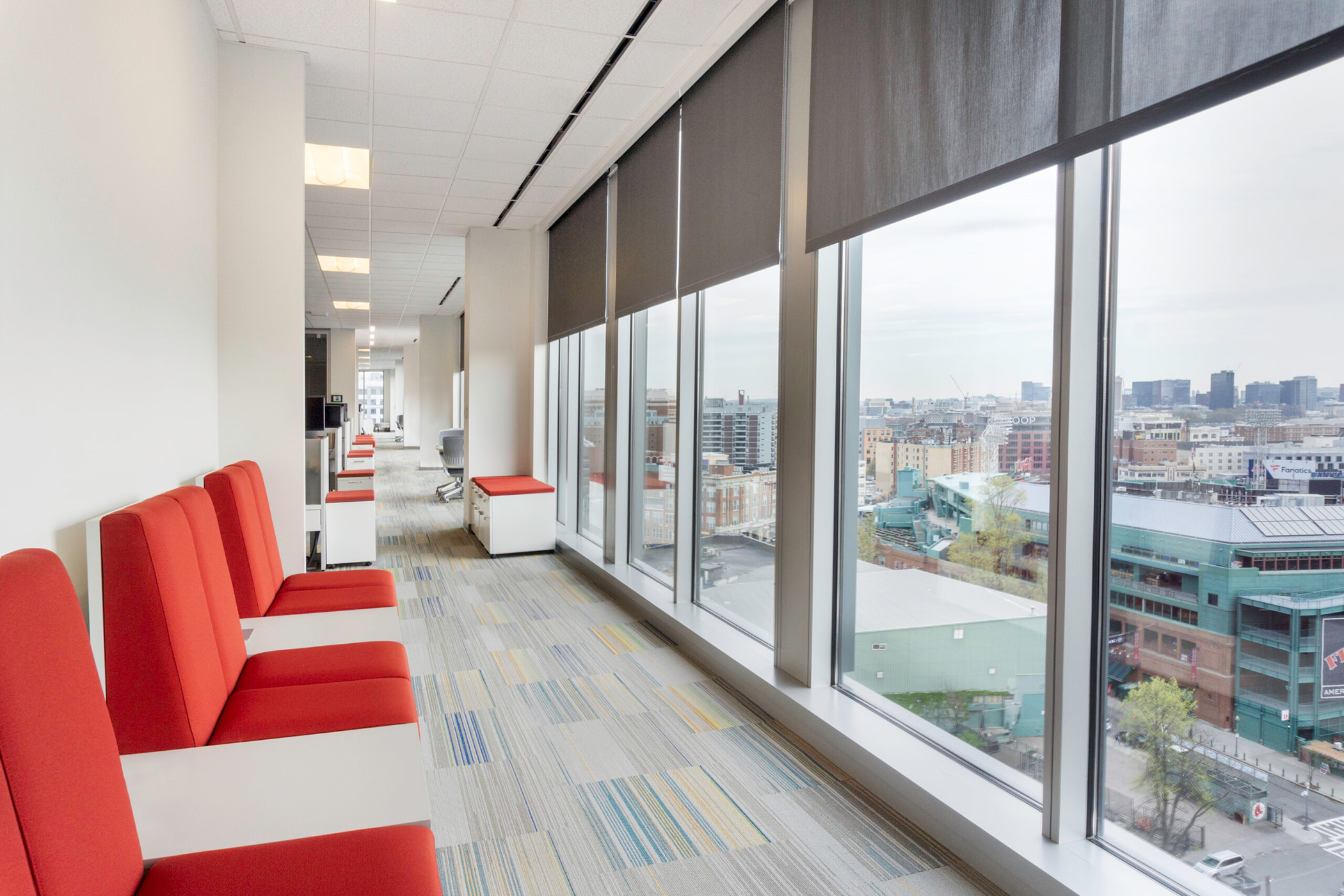Study Background
Neoadjuvant treatment of breast cancer has been shown to potentially reduce the extent and morbidity of subsequent surgery. Response to neoadjuvant therapy may also be prognostic; complete pathologic response (pCR) following neoadjuvant treatment is associated with improved long-term outcomes 1. pCR, defined as the absence of residual invasive cancer, is determined by evaluation of H&E-stained breast resections and regional lymph nodes following neoadjuvant treatment; however, pathologist assessment is subject to intra- and inter-reader variability.Here we report machine learning (ML)-based models to identify tissue regions and cell types in the tumor microenvironment (TME) of H&E-stained breast cancer specimens. Model predictions were used to derive tumor bed area and a residual cancer burden score (RCB)-like score to assess residual disease after neoadjuvant therapy 2,3.
References:
1. Spring, LM et al. Clin Cancer Res. 2020; 26:2838-2848.
2. Hamy, A-S et al. PLoS One. 2020; 15(6): e0234191.
3. Yau, C et al. Lancet Oncol. 2022; 23:149-160. Kirkup et al.

